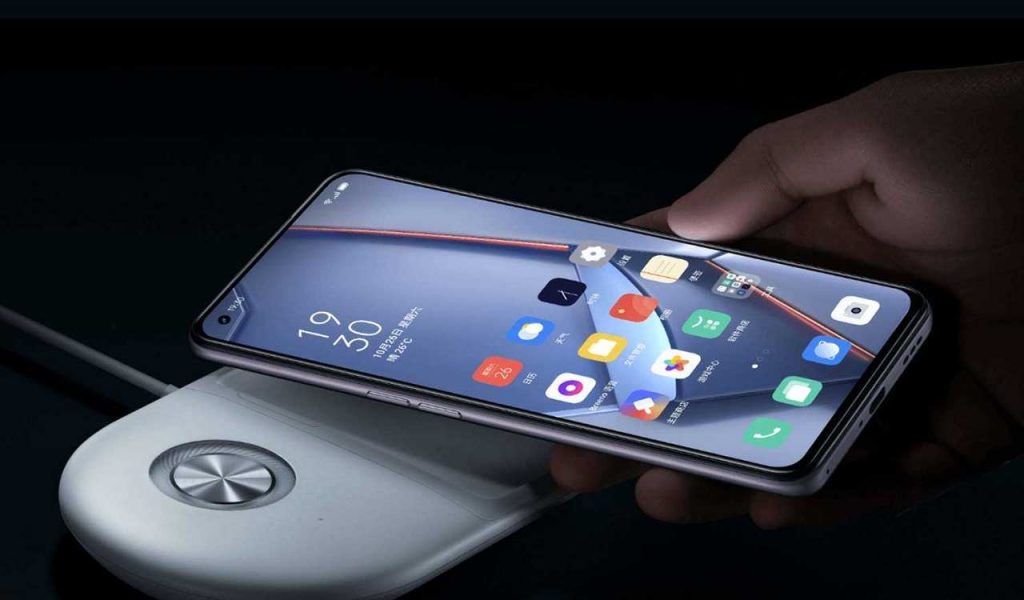The market for delivering power wirelessly over short distances is potentially huge.
The most obvious application is wirelessly charging smartphones. We depend on our smartphones to work all day long. The need to charge them when their batteries are low is a fact of life, but connecting a wired charger is not always convenient or even possible. There are wireless charging pads for the home and office, and wireless charging docks for automobiles, and we are just starting to see wireless charging spots in coffee shops, restaurants, hotels, and airports.
In an ideal world, we wouldn’t even have to think about charging our mobile devices. Infrastructure embedded in the environment would automatically detect our devices, check their battery status, and charge them as needed. This concept is not as far-fetched as it might sound. Such infrastructure has been developed and is starting to be deployed. However, there still isn’t universal support for wireless charging in smartphones, laptops, and wearables.
(There is also another solution that doesn’t require a power outlet. A portable cell phone charger, such as the Flux, can fast-charge a smartphone. However, it’s an additional item to carry around and must also be recharged.)

